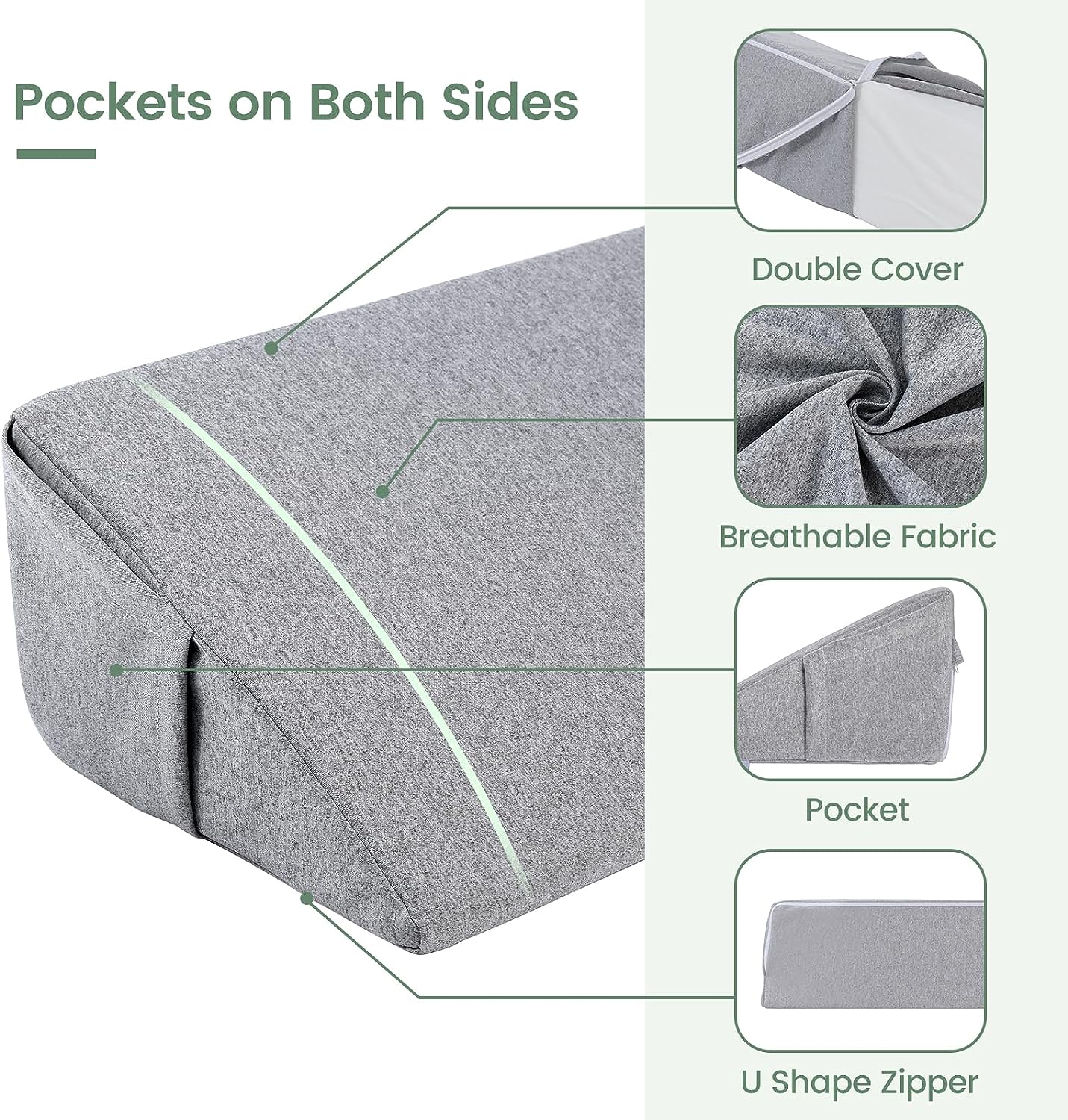It’s 1 a.m. and that familiar burn rises in your chest. You swallow, prop yourself on one elbow, and wonder why acid reflux always strikes when the lights go out. The good news? A small change in the way you rest—without drugs or drastic diets—can tip gravity back in your favour and calm those midnight flare-ups.
What Exactly Is Acid Reflux?
Doctors use “gastro-oesophageal reflux” to describe stomach contents flowing the wrong way—up into the oesophagus. When this happens often enough to bother you or disturb sleep, it’s called gastro-oesophageal reflux disease (GERD). Researchers estimate about 20 percent of U.S. adults live with GERD.

Why nighttime attacks feel worse
- Lying flat removes gravity’s help, letting acid pool near the throat.
- Swallowing and saliva production slow during sleep, so acid lingers longer.
- Interrupted rest saps next-day mood, focus, and immune resilience.
Medical note: persistent or severe symptoms always deserve a clinician’s review.
Popular Fixes—and Where They Fall Short
Common Approach Upside Limitation Antacid tablets Fast, inexpensive comfort Wear off in 30–60 min., don’t stop the back-flow Acid-blocking meds (PPIs, H2s) Effective under medical guidance Possible side-effects with long use; need daily routine Diet tweaks Targets personal triggers Requires constant vigilance—no late pizza nights Lifestyle shifts Weight management, quit smoking Great long term, but results arrive slowly The missing piece: Even perfect habits can’t change physics. When your upper body lies flat, acid needs only centimetres to climb.
But There’s an Easier Way—Sleep on a Gentle Incline
Raising the torso 15–30 degrees puts gravity back on duty, helping stomach contents stay put while you dream. Clinicians often call this strategy “sleep elevation.” It’s simple, drug-free, and easy to try tonight.
How a Memory-Foam Wedge Pillow May Help
Key Comfort & Wellness Benefits
- Gravity-Assisted Positioning – Tilts the body so contents settle naturally.
- Pressure-Point Relief – Memory foam cradles shoulders and back.
- Breathing Ease – A slightly raised chest can open airways for quieter sleep.
- Multi-Purpose – Useful for nasal congestion, post-surgery rest, or reading in bed.

Pro Tips for Getting the Most from Your Wedge
Hotel hack: Roll a towel behind stacked pillows for a DIY incline.
Place shoulders, not just your head, on the slope.
Add a thin head pillow if you like. Neck stays neutral; chin won’t tuck.
Left side = best side. Sleeping left lets gravity position the stomach lower than the oesophagus.
Wait two hours after dinner before bed. Less fullness, less upward pressure.
Keep it fresh. Removable covers usually machine-wash cold; foam itself spot-cleans.
Lifestyle Boosters That Work with Elevation
- Finish big meals three hours before lights-out.
- Swap tight waistbands for loose pyjamas.
- Keep a two-week trigger-food diary.
- Sip ginger or chamomile tea instead of caffeine at night.
- Raise the head of the whole bed 10 cm with sturdy blocks if you prefer mattress-wide lift.
When to See a Doctor
- Heartburn disrupts life more than twice a week.
- You have trouble swallowing, persistent cough, or unexplained weight loss.
- Pain spreads to chest, arm, or jaw. Call emergency services—heart issues can mimic reflux.

Conclusion – Let Gravity Help Tame Your Acid Reflux Nights
Sleeping flat invites stomach acid northward; a simple incline turns gravity into a nightly ally. Combine elevation with mindful habits, and many sleepers notice calmer midnights, brighter mornings, and fewer occasional flare-ups.
Disclaimer: This article is for educational purposes only and is not intended to diagnose, treat, cure, or prevent any disease. Individual results may vary. Always consult a qualified health professional about persistent symptoms.

